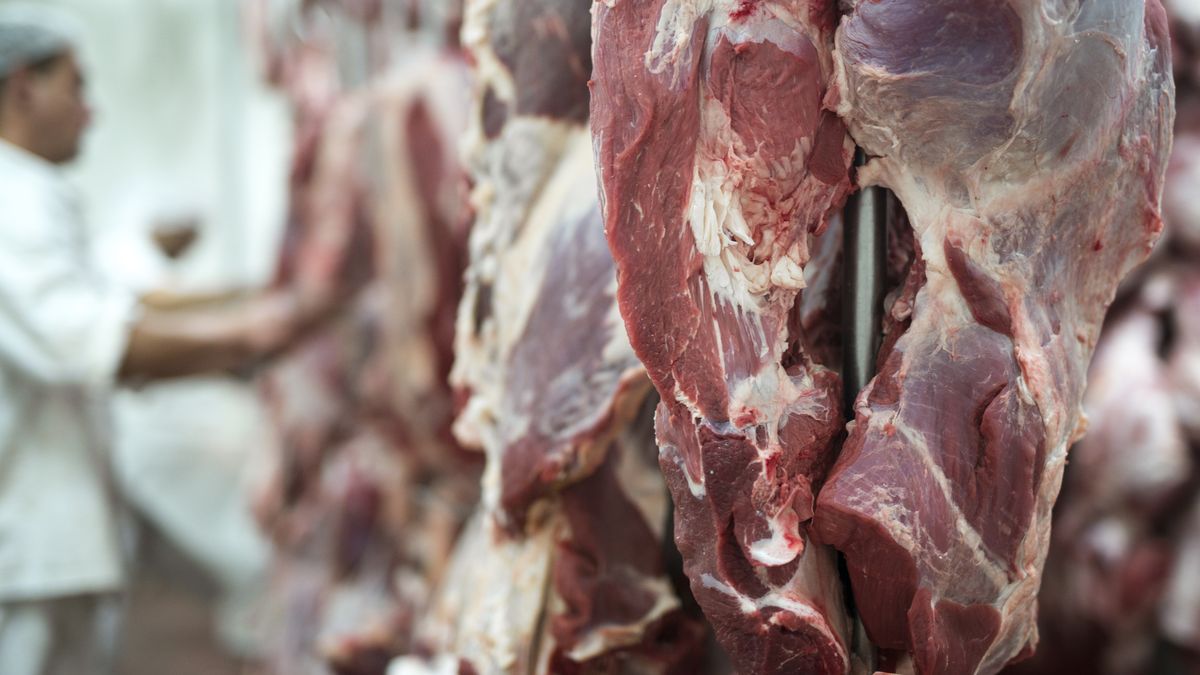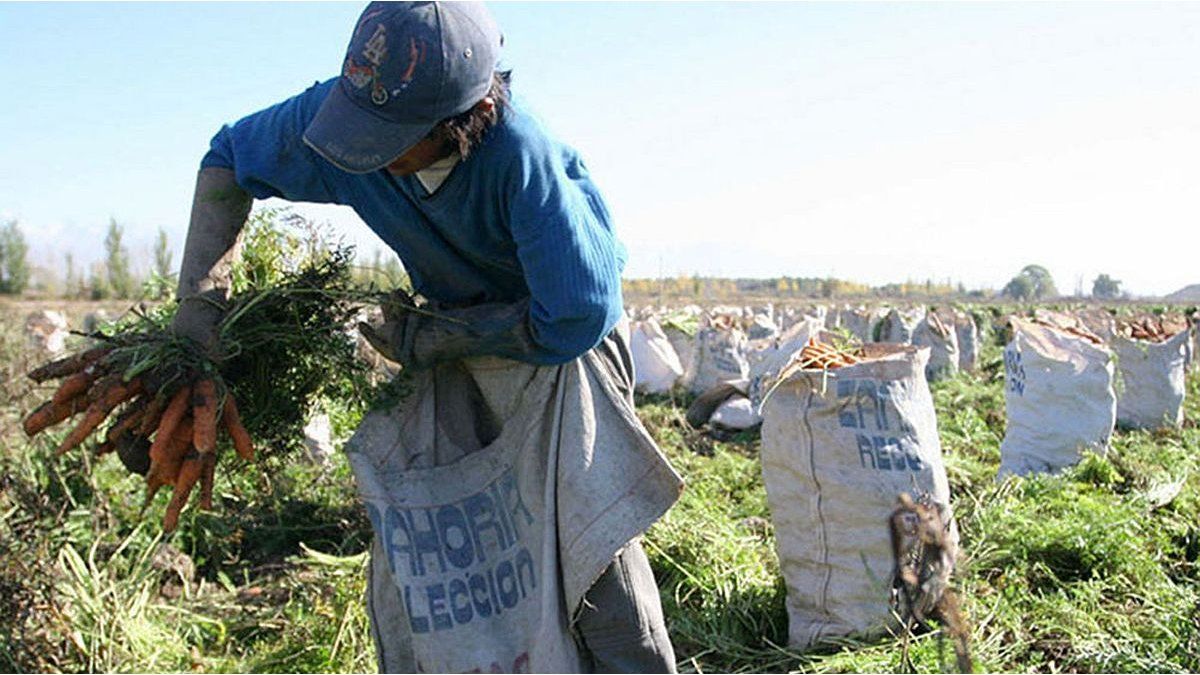The price of bovine meat in April in the Uruguay It was more expensive than Argentina and Brazil, but cheaper than Chile at the final consumer level, according to a report from Institute of Studies on the Argentine and Latin American Reality (Ieral) of the Mediterranean Foundation.
The report, called “How much is bovine meat worth in the region? A comparison of retail prices in Argentina and its neighbors”, took as reference the official exchange rates of the dollar and an average basket of twelve cuts of beef surveyed by organizations public and/or chain entities.
A price survey of beef cuts was also carried out in online stores in supermarkets in different areas of Brazil, in order to include that country in the regional comparison.
Thus, for a basket of eight medium/high quality cuts, the results were (in dollars): $10.84 the kilo in Brazil, $11.44 the kilo on average in Argentina, $13.52 the kilo in Uruguay and $15.14 the kilo in Chile.
So, unlike January, Brazil ranked first of countries with lower bovine meat prices in the region, with an average price 5% lower than Argentina, which was in second position.
The adjustment of farm values (February and March), and the acceleration of the general inflation rate brought the consumer price of meat more in line with what it is worth in the region, although the Argentina continues to have cheaper bovine meat than Uruguay and Chili.
The prices at the consumer level in May are slightly below those observed in the last two years, both in Argentina and in Brazil, but it is particularly in the latter country where the values are more delayed.
The low prices in Brazil are explained by the 30% drop in the value of beef exports in the first four-month period, the result of a 16% adjustment in volumes and a similar percentage in the average export price, among other factors. . In the case of Argentina, prices at the consumer level in April were 80% above the same month of 2022, but 15% below in real terms.
This decrease is explained by the devaluation of bovine meat in the international market and, among local factors, a greater supply due to the drought and the lack of food for the animals, and a lower demand due to the drop in purchasing power and the lack of confidence regarding the economic future.
“Under this scenario, which combines a greater supply of meat with lower international prices and contained domestic demand, it seems difficult for meat prices to recover, in real terms, over the next few months; good news for the consumer, not so good for the farm and meat producer”, concludes the work.
Decreased meat consumption in Uruguay
According to the 2022 Statistical Yearbook of the National Meat Institute (INAC)meat consumption has been declining since 2018. However, from 2021 – post-pandemic – the situation was reversed and meat consumption began to rise, although it does not coincide with the type of meat since Uruguayans stopped consuming more and more beef.
Last year, the total consumption of meat was represented by 48.8% beef, 26.5% poultry, 22.2% pork and 2.4% sheep. Compared to the year 2021, pork grew by 1% compared to last year, this and poultry – which grew by 0.5% – being the types of meat that predominated in their growth in domestic consumption.
According to those published by the INAC, in the year 2020 there was a drop in pork consumption. However, in the years 2021 and 2022 an upward trajectory is observed with increases of 1.0 and 1.2 kg per inhabitant per year, respectively. For its part, regarding the consumption of sheep meat, in the year 2022 there is an expansion of 0.2% that is explained by an increase in the slaughter of this type of animal.
Source: Ambito




